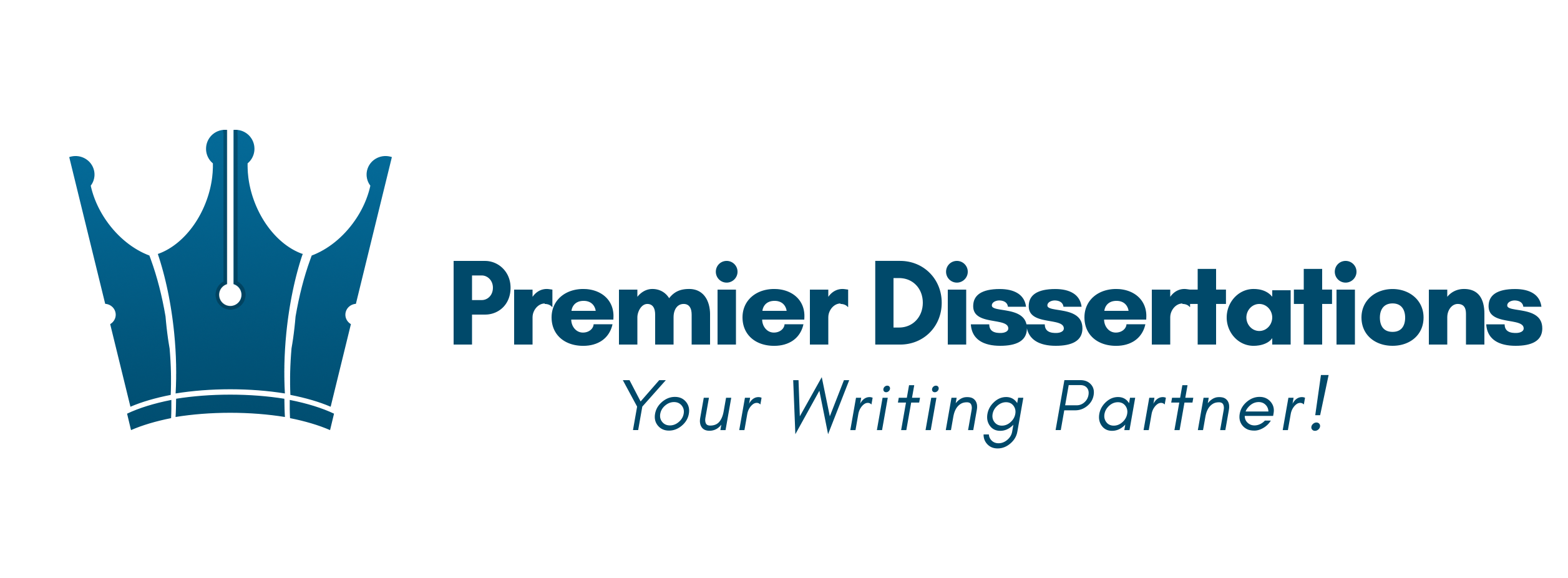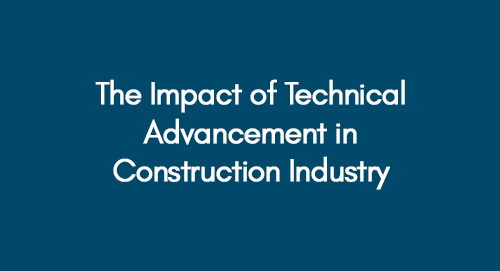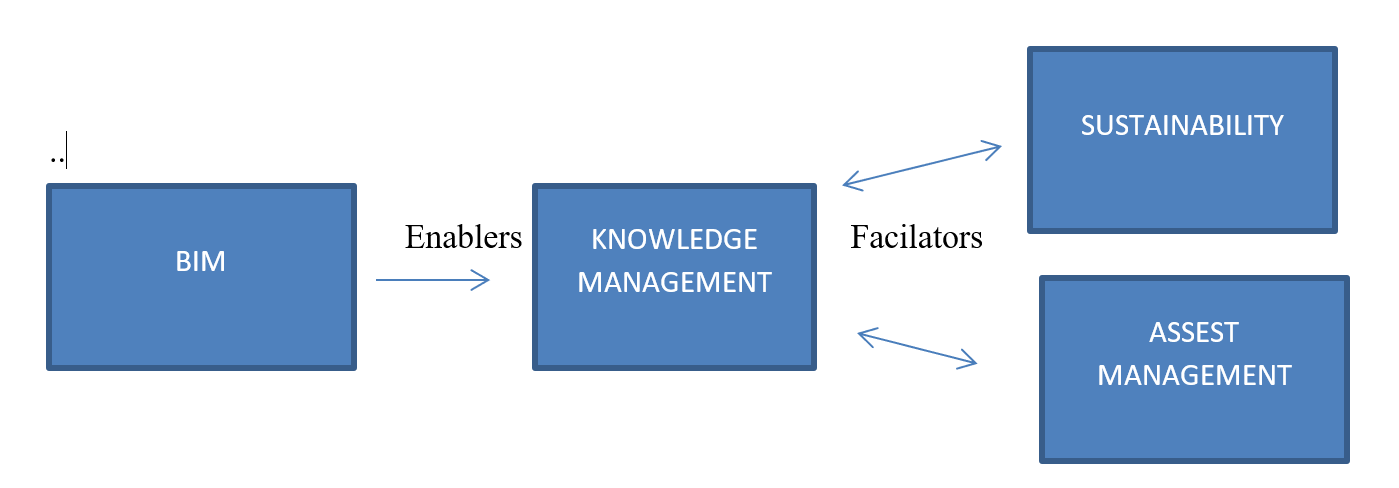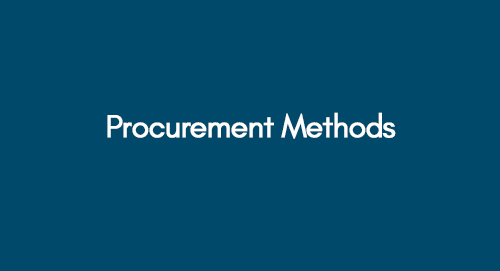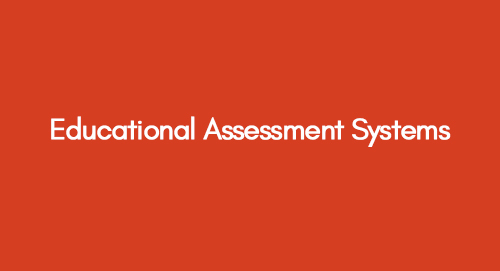
Research Project
December 21, 2020
Building Surveying
December 21, 2020New technologies in construction have changed how we make buildings, making it faster and more creative.
Technical advancements not only enhance the quality of construction but also influence sustainability and safety practices. Examine the introductory section provided below.
Chapter 1: Introduction
The increased expectations of the return on investments and the constantly evolving engineering methods have influenced the stakeholders of the construction industry to adopt efficient as well as effective systems to optimize the processes of building construction. Thus, much research has also been conducted in the last many years to optimize the engineering as well as management processes of the construction industry. Many tools, models, and SOPs have been developed for this purpose, some of which are the Building Information Modeling (BIM), Life Cycle Analyses (LCA), Integrated Project Delivery (IPD) and various other systems.
Evaluate the Primary Emphasis of the Research on BIM
BIM, which is the focus of this research has also been referred to as Building Information Management is modern construction technology in which virtual models are used to analyze and develop building design. This helps in providing advanced prediction and solutions to any possible errors that can happen in the construction process. It offers better sustainability of the construction process as it provides cost estimation based on actual material and elements of building assets and also engages the client in the designing and planning phase (McNell, 2008).
The use of BIM and other tools provides a revolutionizing way the construction industry is functioning today. The incorporation of such technologies is making engineering skills more advance and precise in terms of planning and constructing a building (Hergunsel, 2011). The purpose of the current research is to identify and evaluate how this technology, particularly BIM is replacing old methods of building construction/project completion methods, and what will be its impact the future construction industry and workforce performance.
Objectives
Keeping in mind the above-mentioned facts, the following objectives are developed for this study. The present study aims:
- To study the impact of Building Information Modelling on construction practices.
- To study the utility of BIM in the design, construction and maintenance phase.
- To study how BIM is shaping and revolutionizing the workforce behaviour and profile in the construction industry.
Research Questions
The following research questions are designed for the study:
- What has been the impact of Building Information Modeling on building designing and construction processes?
- How does BIM affect the engineering style and construction workforce behaviour? Is there any concrete evidence of its progression and adoption? How are these applied? How do these affect construction processes; for instance, the practices of designing, quantity serving, bills of quantity generations, project management, procurements, safety, risk mitigations etc.?
The current research will try to achieve and answer all the above-mentioned objectives and questions.
Chapter 2: Review of Literature
Building Information Modeling (BIM) is a digital representation of a construction model that presents the actual functional characteristics of a construction project. BIM provides the knowledge of resources and information required in the whole designing and building process starting from early conception to demolishing a facility. Currently, this technology is utilized both by public sector/government agencies/contractors and private business agencies which are involved in constructing and designing diverse infrastructures ranging from water or gas facilities to roads, dams, airports, bridges, malls, offices or factories and multi-storey buildings (Luther, 2014). The figure given below explains how BIM can bring sustainability and asset management across all stages of designing and building.
Figure 1. BIM Model of Sustainability and Asset Management
Enablers are the cloud-based internet storage that allows fast communication and sharing of engineering knowledge not only within an organization but across different companies around the world. This management facilitates the achievement of sustainability and assets management. These models help to offer great benefits such as cost estimation, control and planning of building design and management and maintenance of construction operations (Wilkinson, 2012).
The current implementation level of BIM does not provide a clear picture of its potential as it is usually used as a hybrid and with several traditional approaches. In addition, the basic challenge to this technology is that it requires proper training, therefore staff should acknowledge and must be provided with proper training again and again about this technology over time. If this technology is implemented and utilized properly then it can bring immense benefits to the constructing engineers and designers. BIM can increase productivity and reduce project costs by promoting efficiency and minimizing waste of effort. BIM is an effective tool to promote collaboration among team workers as it reduces the chances of a dispute. BIM doesn't need to change the tradition of the construction industry but the benefits achieved through its implementation cannot be ignored (Suermann, 2009).
The computerized design has been taught long ago in schools and universities but still, 3D computer drawings are first converted to paper in the form of blueprints and then use on construction sites. Successful implementation of BIM technology might bring a change in future where digital blueprints will also be used on sites. Therefore, the use of BIM in designing, constructing, maintaining and operating a project has the potential to revolutionize the construction industry, and since this is still a developing tool, its integration with other sources of data can eventually enhance the industrial performance across the globe. The potential along with the most fundamental parameters associated with BIM and other similar tools will be discussed in detail in this research.
Chapter 3: Methodology
This chapter will include the explanation of the study’s research design and different techniques or tools used for collecting the data; to provide complete information of all the strategies and means such as data collection tools that will be utilized to gather the relevant information
Chapter 4: Results and Discussions
This chapter will present the findings and results of the study obtained through data analysis procedures. The results and findings will be expected to justify the research objectives and accept the research hypothesis.
Chapter 5: Conclusions
In the last chapter, the researcher will discuss the research findings and results and give his own opinion on the research outcomes. The discussion and conclusion chapter will summarize the impact of using computer-aided systems such as Building Information Modeling in construction and building business and would outline any future opportunities for further research
References
Hergunsel, M.F., 2011. Benefits Of Building Information Modeling. Worcester: Worcester Polytechnic Institute.
Luther, M., 2014. How will BIM impact future construction industry skills, capabilities and workforce profile? West End: Construction Skills Queensland.
McNeill, D., 2008. Building Information Modelling. United States: Infocom International.
Suermann, P.C. & Issa, R.A., 2009. Evaluating Industry Perceptions Of Building Information Modeling (Bim) Impact On Construction. Journal of Information Technology in Construction, II(3).
Wilkinson, P., 2012. The Impact of Building Information Modelling: Transforming Construction. II ed. Oxford.
Get 3+ Free Dissertation Topics within 24 hours?
